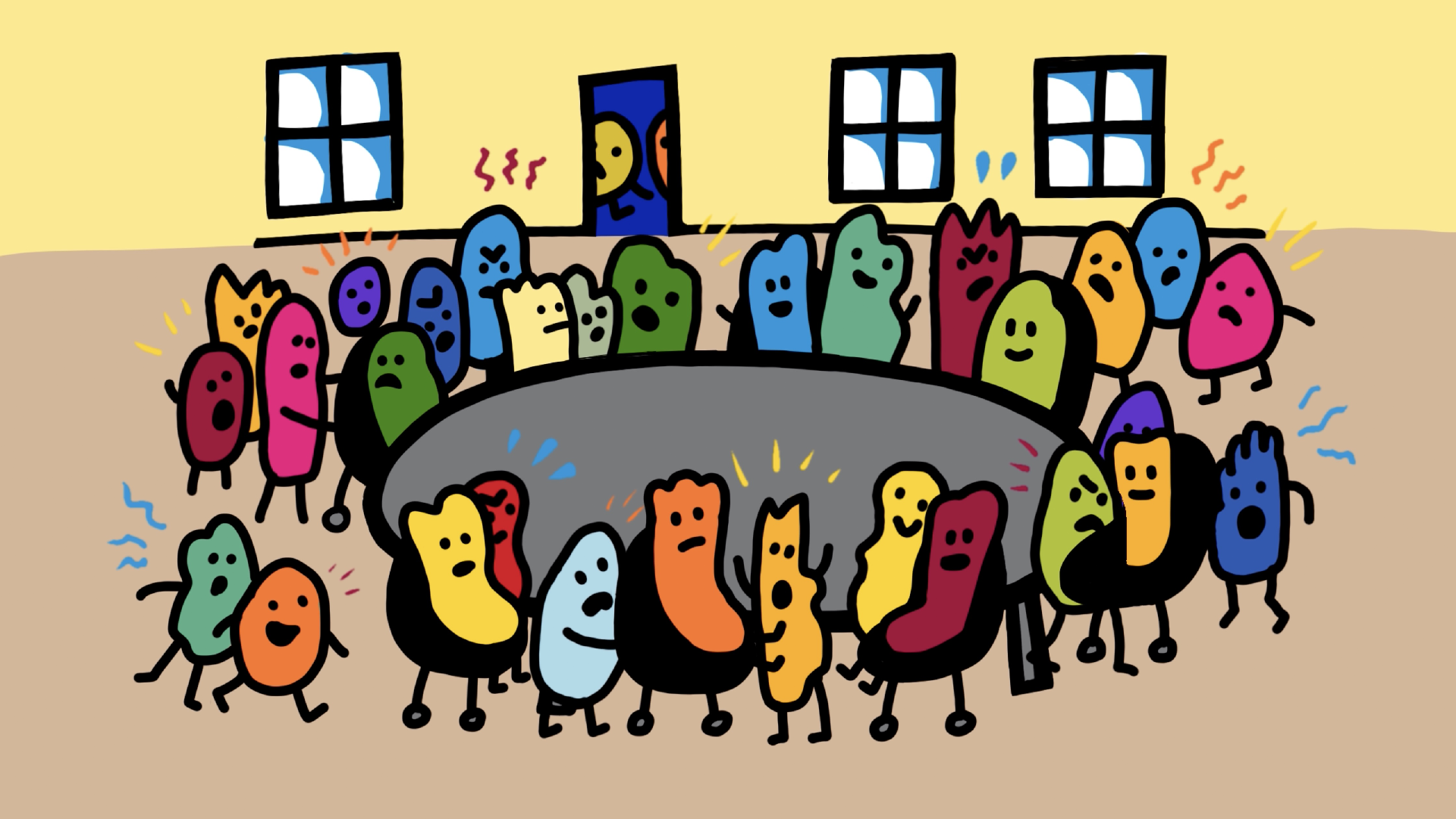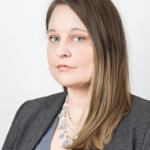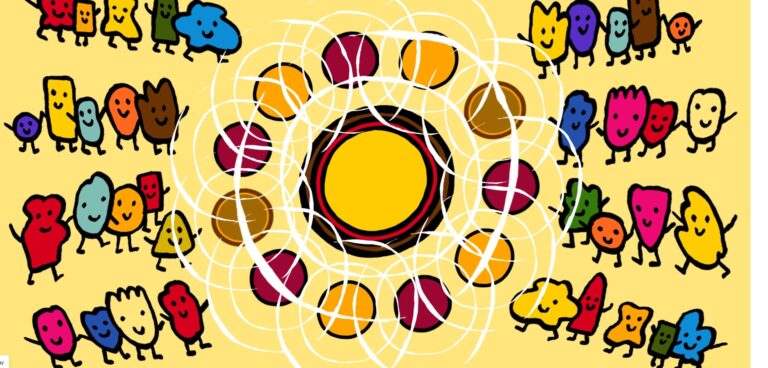(Version française disponible ici.)
Ronald Reagan’s former secretary of state, George Shulz, is broadly considered one of the most influential and respected people to serve in the role. His legacy includes Middle East negotiations, U.S.-China relations and Cold War diplomacy. He was respected across partisan lines.
When Schulz joined the board of a promising biotech startup – Theranos – his endorsement gave the company enormous credibility.
As has been widely reported, Schulz’s grandson, Tyler, became a whistleblower who uncovered faked lab results. At the time, Schulz refused to believe him, instead choosing to stand by Theranos’ wildly optimistic (and invented, it turned out) claims.
Years later, once the facts were established, Shulz made an admission: he had been wrong. Looking back, he said that, for whatever reason, he wanted to believe the company’s claims rather than to open his eyes to the truth unfolding right in front of him and being professed by his own grandchild.
That kind of willful blindness is not unique to biotech, or the private sector. In public institutions – especially universities – leaders often want to believe we’re doing the right thing.
We consult. We listen. We act.
But without structure, understanding and shared accountability, even the best intentions cannot overcome the reflex to turn a blind eye to inconvenient truths.
Community-based decision making
The Aga Khan IV once said: When you strike a drum, you make one part of it vibrate, but the whole drum resonates. The same is true of a community: when one member is affected, the whole community feels the impact.
First Nations, Métis, and Inuit peoples – along with many global diasporas – have long understood that individuals are not separate from their communities.
Yet, governance systems often forget this, relying on individuals to speak for and homogenize entire groups. This can have severe consequences such as destroying nuance and reinforcing polarized positions.
When community-level concerns are overlooked, they may eventually surface through protest or crisis. Trust gets eroded and wisdom, partnerships and innovations that could have helped address issues together get left on the table.
At the University of Calgary’s Cumming School of Medicine, something different is being tried. We asked: what if governance could recognize community organizations directly – not just as a voice to consult, but as a partner in shared decision making?
The result is a constellation model based on relational accountability that strengthens dialogue, relationships and co-creative action. It has two concentric rings.
- The inner rings are made up of umbrella civil society organizations (the mainstream civil society path) and Indigenous elders and leaders (the Indigenous path).
They include local Indigenous nations, Charter-protected and francophone communities, rural and low-income communities, business, innovation, recreational, and creative communities.
- The outer rings bring in smaller or less powerful groups – communities that might otherwise be missed. For example, rural seniors, two-spirited communities, queer refugees, entrepreneurs and others. This surfaces aspirations and needs – including those often missed in mainstream governance.
This isn’t just a new org chart. It’s a new way of relating to one another and ultimately acting together.
Each year, the constellation moves through three structured stages:
Understanding our communities’ priorities
Skilled facilitators meet Indigenous communities and civil society, brokered by Indigenous voices and umbrella community organizations, to first understand their needs and aspirations.
For example, a rural umbrella organization might help broker relationships to understand rural businesses, rural refugee communities, rural farmers and low-income rural groups.
An example in the Indigenous path could be the Indigenous health office meeting with voices from each local nation in ways that reflect Indigenous laws and protocols – operating its own parallel process that is relationship-driven, locally grounded, and self-determined.
Setting priorities jointly
The umbrella organizations, Indigenous leaders and university leaders meet and review each other’s reports, share stories and co-create a short list of shared goals. This is not a consultation. It’s collaborative governance.
Elevate and activate
For each shared goal, a working group made up of community members, faculty, staff and students explore how to solve problems through research, policy, education, or innovation. The facilitator helps move the ideas through the complex maze of university decision-makers.
The result is an effective roadmap that helps community members navigate bottlenecks and dead ends to drive change.
Building long term
Reporting back presents an overview of what was achieved, what wasn’t, and why.If something hasn’t progressed, leaders explain why: was it due to a foundational disagreement, capacity or lack of resources?
This model helps enshrine the responsibility of keeping community priorities at the forefront within the institution and not leave that onus on the shoulders of the communities themselves.
This shift in the relationship dynamic brings another important innovation.
Even outside of meetings, leaders now reach out directly to community partners to co-design curriculum, test ideas or troubleshoot policies. Community leaders, in turn, have started to connect with each other – building ties that strengthen the fabric of Canadian society.
This approach is lean, action-oriented and rooted in trust. It shortens the gap between community insight and institutional change. Importantly, it leads to a more positive tone which fosters curiosity over defensiveness.
At an institutional level, it builds capacity for complexity by opening a space where people can ask hard questions and harness discomfort to drive creativity.
In a time of complexity and polarization, good intentions aren’t enough. Good governance is relational, structural, and shared. It’s harder. But it’s how institutions earn – and sustain – the trust of the communities they are meant to serve.
This article is part of a series on inclusive governance. Read more here.













